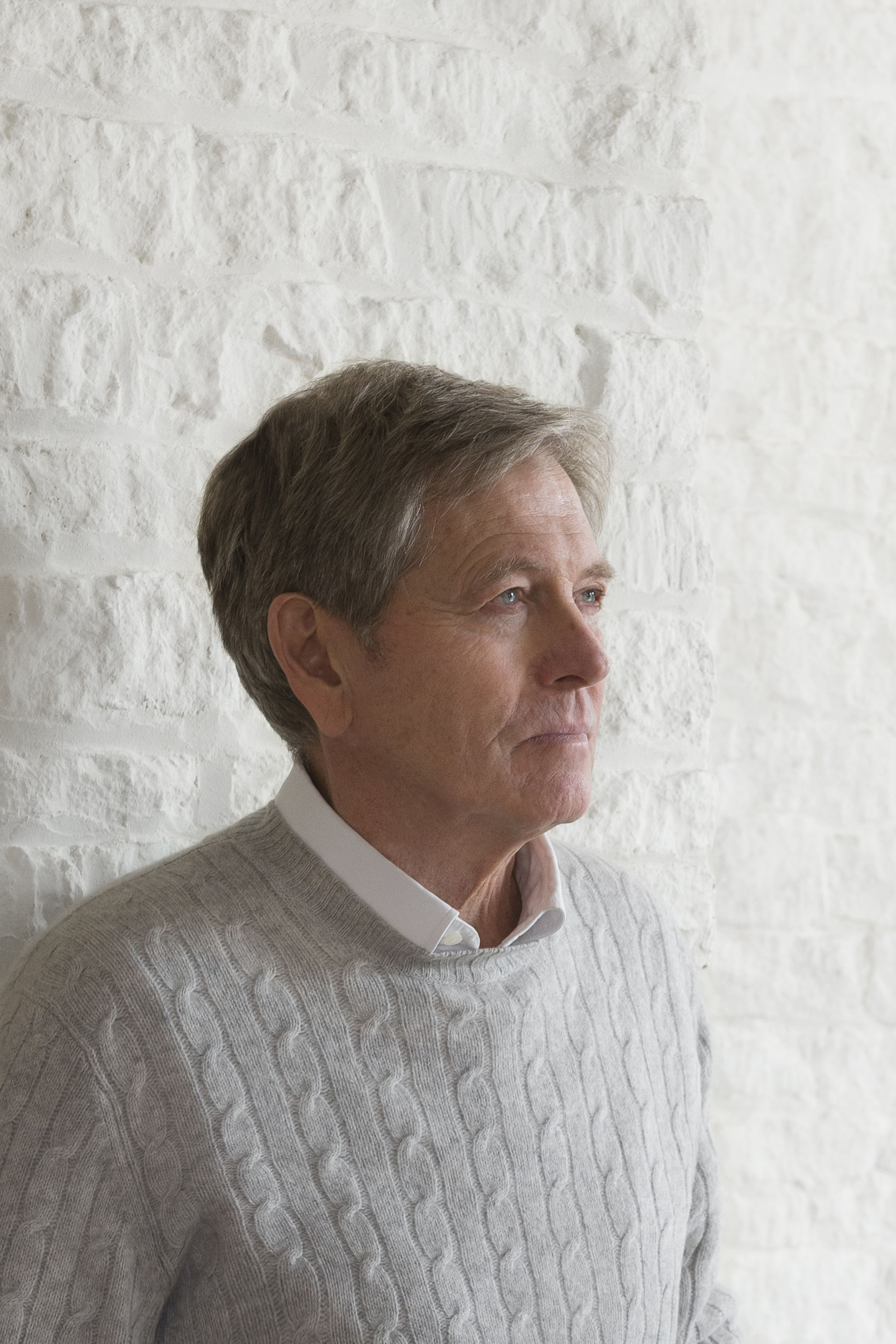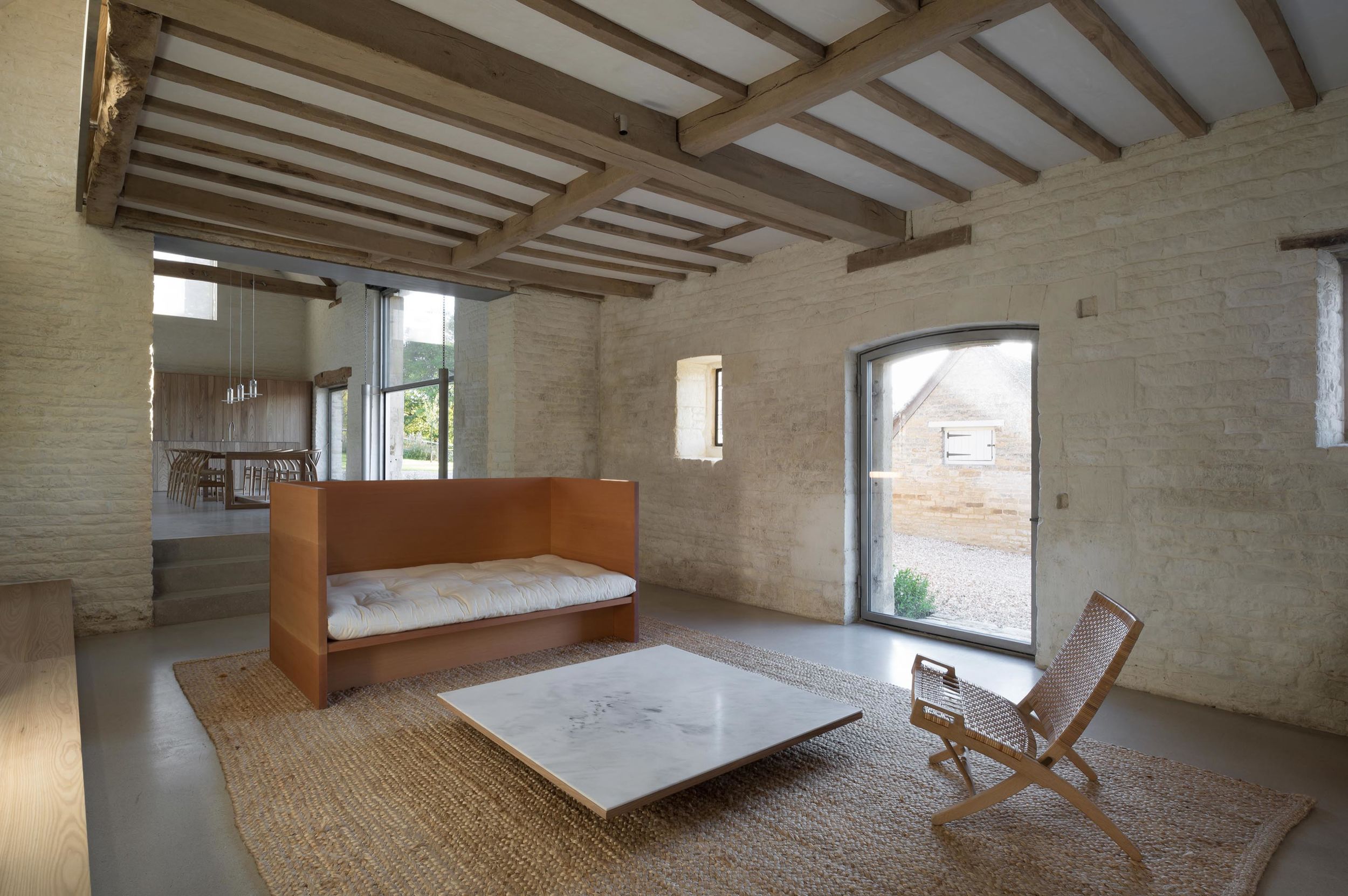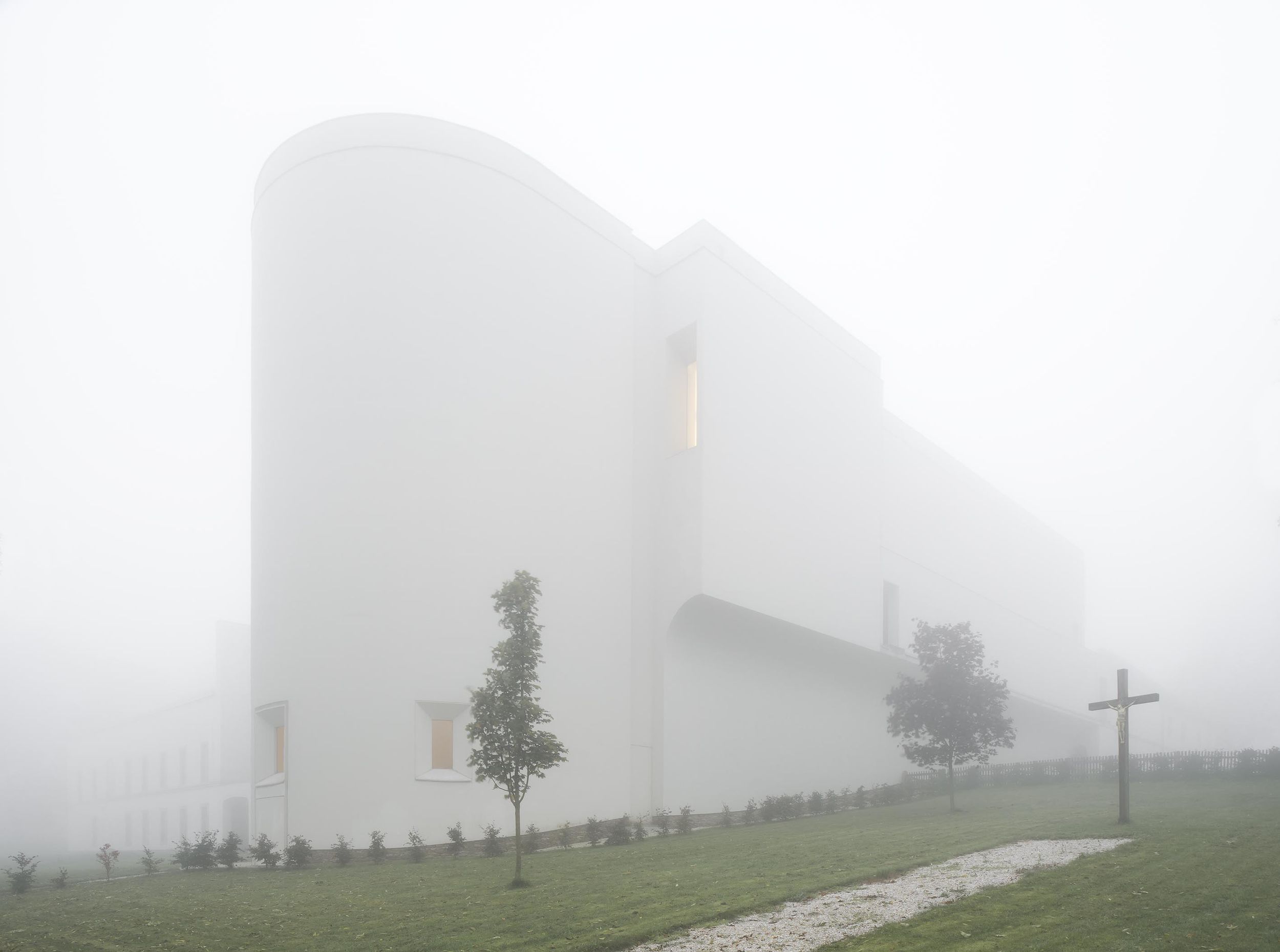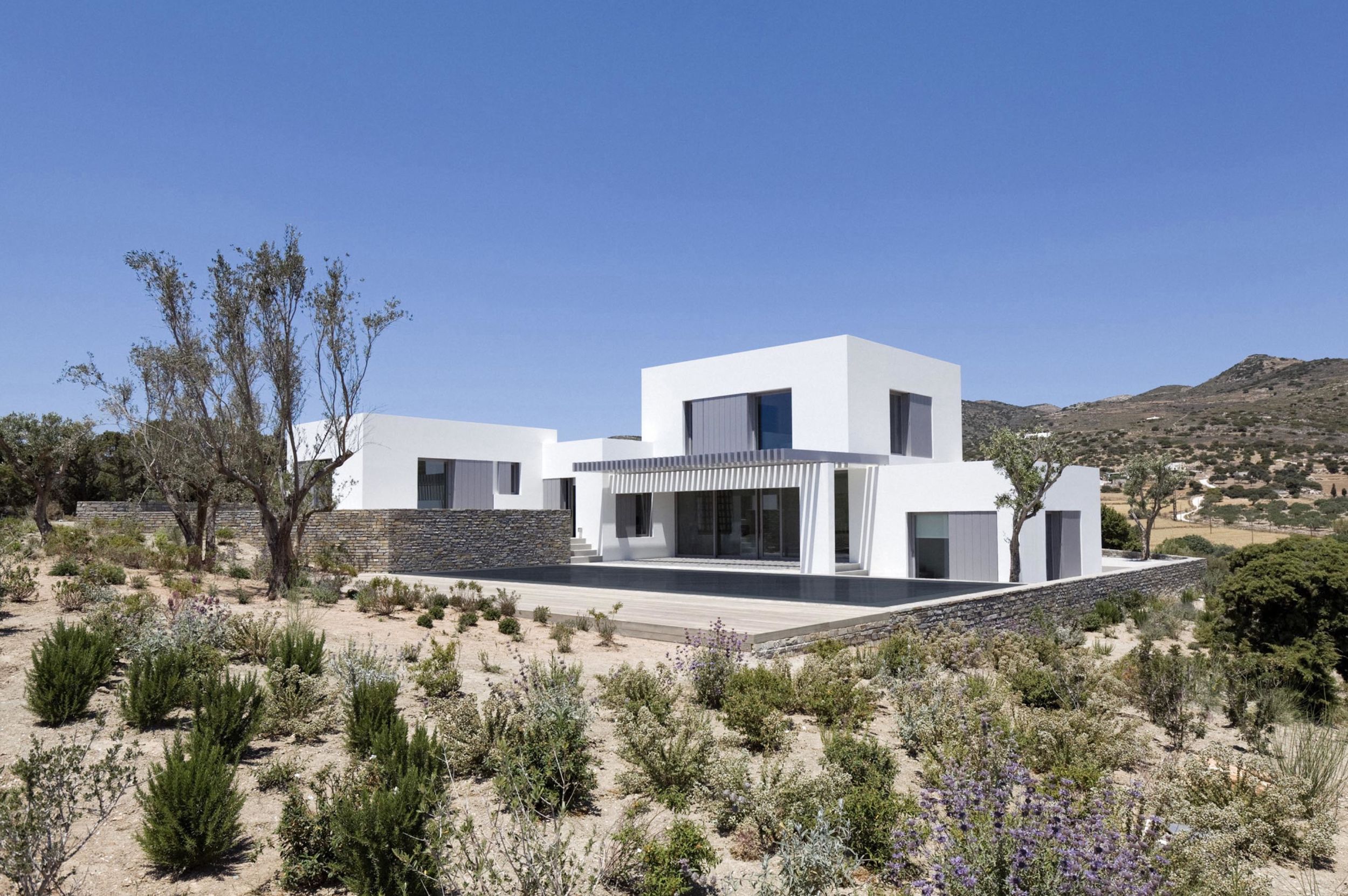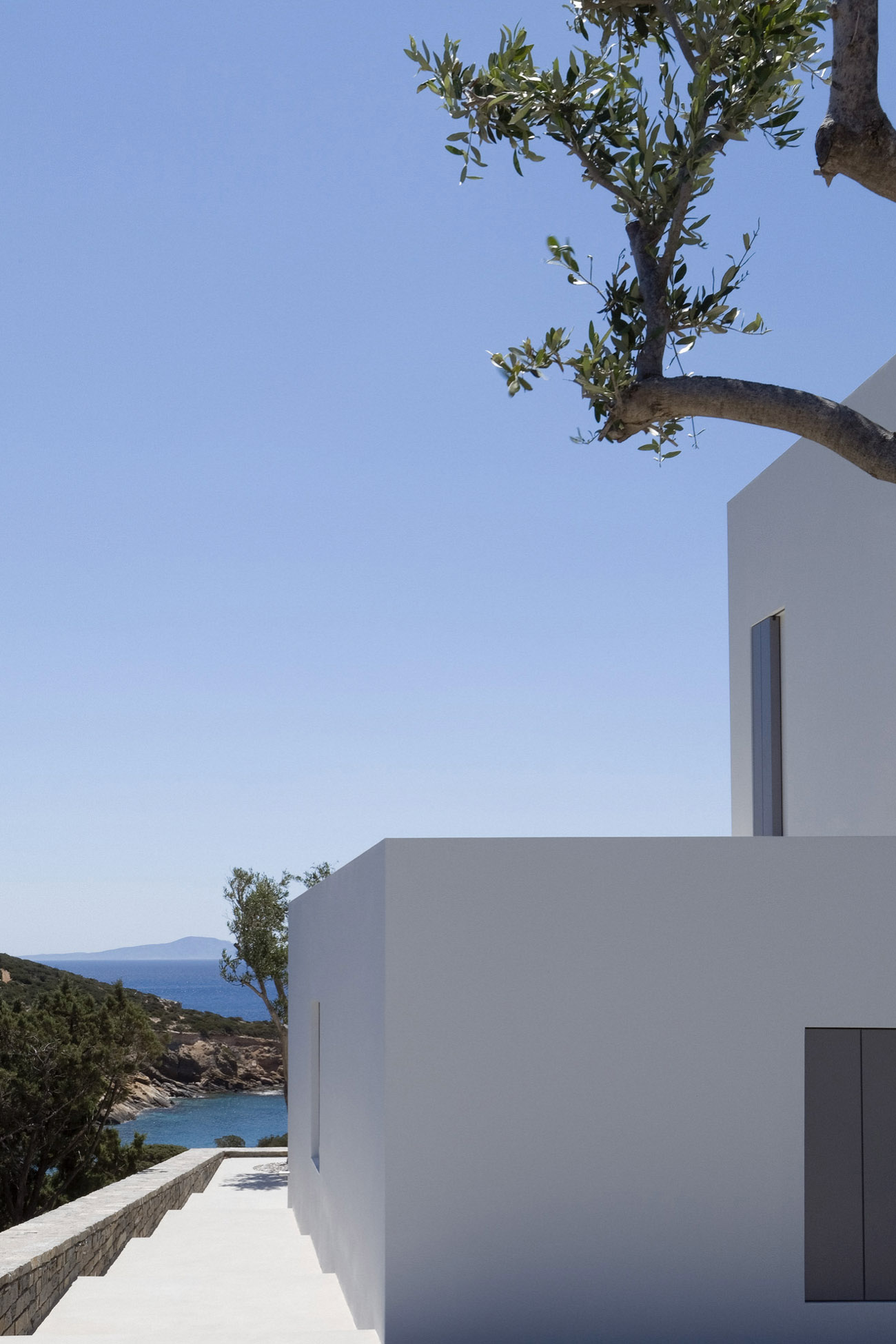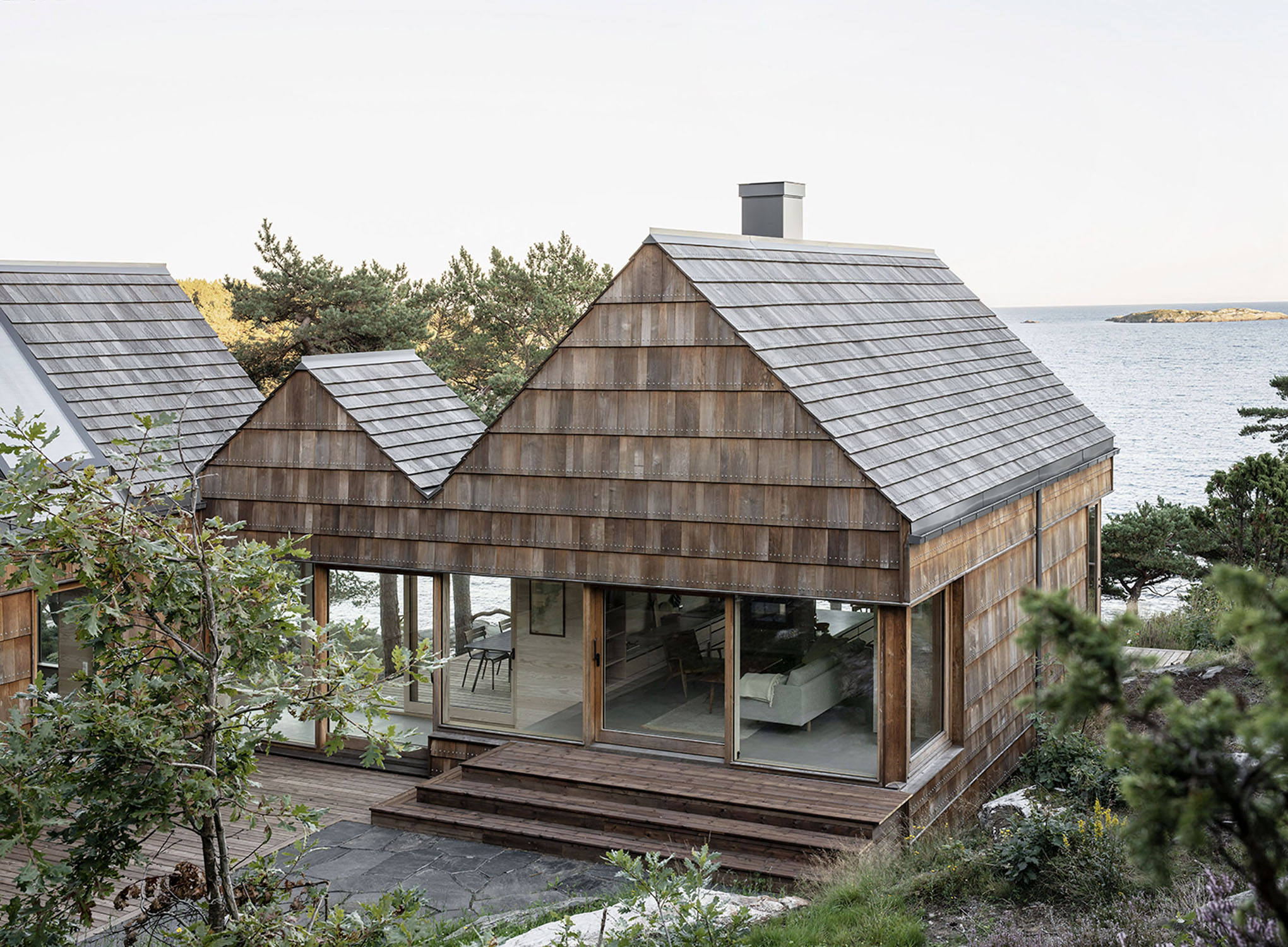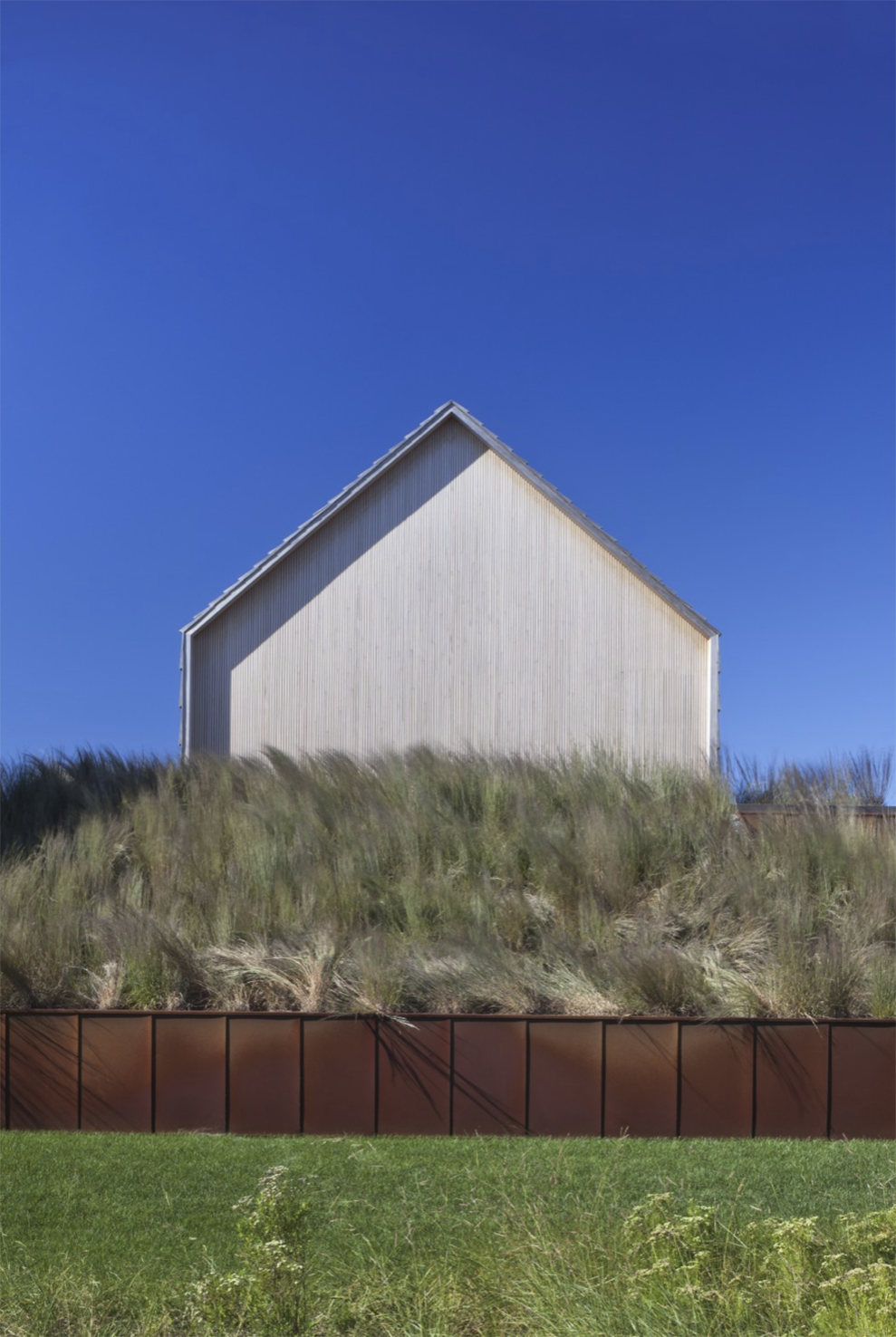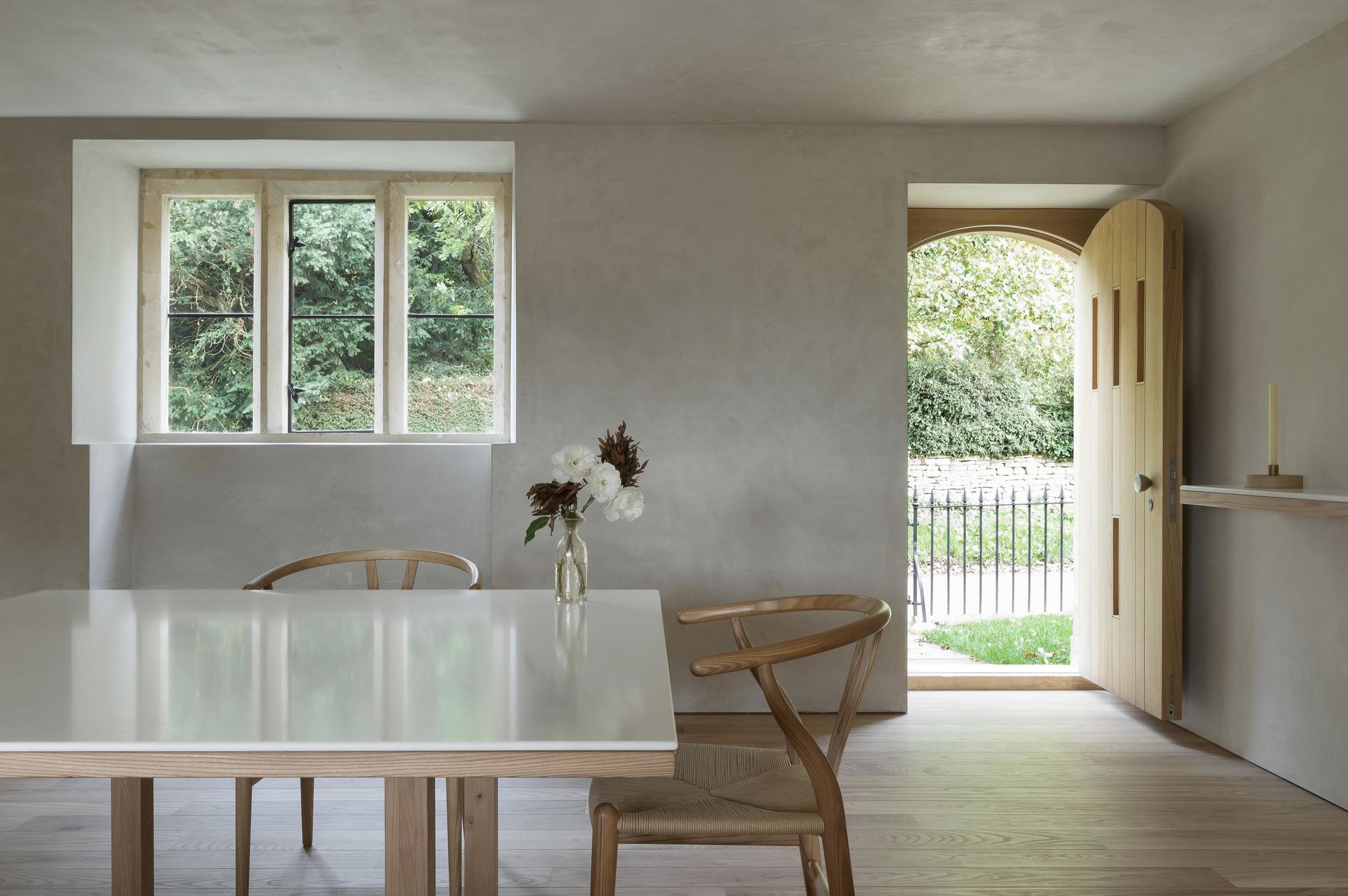
Architecture
Interview with John Pawson
The architect John Pawson has spent over 30 years designing simple, functional architecture all over the world. Born in the north of England, he spent several years working for his father, a retailer in Halifax, Yorkshire, before enrolling at a Buddhist monastery in Nagoya, Japan, and discovering the work of the late Japanese designer Shiro Kuramata. Pawson did not study architecture. The hallmarks of his work began to develop in Japan: a clean, pared-back use of space, proportion and natural materials, and a process that pays particular attention to natural light and ritual. He has since designed private homes, galleries, hotels, museums, monasteries, and various products. We talked to John, who is 72, on a weekday morning. He was in his office in central London, having just returned from the south of England.
You’ve just been in Devon?
Yes. Catherine [Pawson’s wife] sent me to a health farm last week to kick-start a healthy regime. It was funny being in such a different environment. It was like a boarding house – lodgings for four people who didn’t know each other. We had three meals a day together and walks – and we tried to get fit. Amazing scenery, along the North Devon coast. And beautiful food. Plant-based. No dairy at all. No coffee.
How do you feel now?
The walks were 10 kilometers each, up and down, very strenuous. The worry is whether or not you can keep that up when you get home.
Did you all get on?
Yes. There was an 80-year-old man who used to command a Navy frigate. A woman who spent 20 years in automated parts – very tough. Another woman who looked after 300 people in HR. A real mix. You’d sit down for lunch, or dinner, or breakfast, and you’d be very keen to eat, so you’d wolf it down. And then you’d be out in the fresh air. We talked while we walked.
Do you have to talk a lot for your job?
I’m not great at it. Better at the other stuff. I give the occasional talk, but then you have notes which you can read if you get stuck. And also it’s dark. I’ll only do it for a captive audience. I did one in Long Island when the kids were young. We used to borrow a house in East Hampton during the summer, and there’s a bookshop there that had book signings. I had an architectural book out one holiday, and I thought it would be good to do something while we were there. The bookshop organised it to happen one afternoon – a book signing and a talk, in an upstairs room. It was raining, so there were quite a few people there. But very soon into the talk I could hear a guy snoring. And then someone else put their hand up and said, ‘Sorry, could you just say again who you are?’ It’s always good to have that in mind. The great thing about the boarding house, where we were in Devon, was that there were no surnames.
You were just John?
Yes. Not that it would have made a difference.
The boarding house sounds a lot like your architecture: a simple vessel or vehicle for the stuff that goes on inside, which is ultimately the important stuff: conversation, eating, life!
Absolutely. You design a space as best you can, but it’s nothing unless it’s populated. The physical is important: how you place things, where you place them. But… In the summer we visited a couple who we designed a house for. They’ve since had two children, so now it’s very much a family house, and our client’s new partner doesn’t share his aesthetic, so now it’s absolutely chock-a-block with the kids’ paintings – every wall is covered. It completely negates the feeling of space, all the things I was trying to do. I didn’t think you could do that, but you can really fuck it up.
Did you find that upsetting?
No, because you see these two gorgeous girls running around and they’re so happy. I’ve never believed in sticking all the children’s stuff on the walls in the main space of a home. Our kids had their bedrooms, where they could do what they wanted. And they could use the the house freely – there was nothing to break – so they’d do things like skateboard inside. But it could be cleared away if I wanted. To actually make every room a gallery for the two children… But for them it makes them happy.
How do materials shape your spaces?
The other things at hand – light, scale, proportion – are probably more important. Furniture is important, but that’s normally the last thing to organise. And I think you get into trouble if you start painting walls… I assume when we start that we’ll use natural materials. Of course, if you get a material wrong, or the furniture wrong, you start to get into trouble.
Your work is often described as “modest”. Could you explain what that means?
That has to do with my mother, who was what I would call genuinely modest. She came from a comfortable background, she didn’t want for things, but she also didn’t particularly like having stuff around. She was also very good in the community. In a way that was slightly irritating to me, she was seen as this very popular, decent person. At her funeral I thought, ‘Who the hell are all these people? She’s my mother, not yours.’ There were a lot of young people, who’d met her before she died. My mother wanted me to not go into the family business. She wanted me to be a missionary in Africa or something. And of course, instead of becoming a missionary in some unknown place, I decided to try to get into a Japanese Zen Buddhist monastery, which is something my mother would disdain as being far too flashy. My father, he liked good things, and he was interested in architecture – he wanted the best. I think it’s my mother’s modesty that I wish I had – genuinely had – and I think my father’s love of things well done and well-made.
Would you describe yourself as modest?
I would like to. In architecture… You have to remember that there are 20 people here [in Pawson’s office], and they’re are all probably more talented and more intelligent than I am. We’re work together. It’s very much a team thing. I’m always conscious to remind myself that [our work] is what the team achieves. It’s not just me.
As a young man you hung out with the American actor and singer Lisa Minelli. How did that happen?
That’s right. Lisa Minelli’s husband at the time, his sister was my girlfriend. This was in Australia. “Cabaret” hadn’t come out yet. So though I knew who Judy Garland was, I didn’t know Lisa. The four of us used to go out after her shows. I later looked her up when she was in New York. It was the time when Peter Sellers was courting her, so Peter Sellers and I both turned up at the stage door, waiting to say hello. An odd thing, like two groupies, quite awkward. I got a kiss and left them to it.
You were in Australia before you went to the monastery?
Yes. This was after school. I was 18.
And then you headed to Japan?
No. I went back to England and worked for my dad for six years. And then I escaped to Japan. My family was in the rag trade. We made women’s clothes, ordered in materials, in Halifax, and also in Newcastle. My dad took over from my grandfather and he took over from his grandfather. It was expected for me, too, and Dad was keen. He was a charismatic guy. It just wasn’t for me. The funny thing is, when I later arrived in Nagoya, it was like being in Halifax. It was difficult to find fun and like-minded people. It’s interesting. When you spend that much time on your own, with people who aren’t really like you, that boredom gives you time to think a lot. And I think that time was valuable for me. But it was a long time: six years in Halifax, and four years in Nagoya. It was 10 years before I started architecture.
That’s when your ideas started developing?
Yes. It was all sort of percolating. As a teenager I’d found Mies van der Rohe, Domus magazine… And then getting to Japan, and getting to meet Kuramata, finding a book on his work. I never expected to do this, be an architect. I was just interested in it.
How has the pandemic affected you?
It’s been a nerve-wracking time. We’re privileged to have a place in the country where we could stay. Both my grown-up sons came to work from there for a year. They’re 35 and 31. You wouldn’t normally have three meals a day with your grown-up sons.
How was it?
We’re lucky to have enough space. We met at dinner, let them get on with their lives. We didn’t have one argument.
What about the business?
It wasn’t a good financial year. It was the first time we’d ever made a loss. We’re back on target now. Everybody got a day off a week on furlough, which was paid for by the government. Everyone stayed on.
What projects have you got going on?
The usual, really. We’re still trying to finish a church. We’re doing private houses in Israel and London. A vineyard. Quite a bit of ‘stuff’. It has been pointed out that those royalties are useful, especially once I depart – they will still go on. And it’s nice to have stuff to put in the architecture: tables, chairs, pans. There’s a lot we haven’t done.
When is a project a success for you?
Well, I think that we’re so careful with everything we do, and we take our time, so that so far we haven’t had any big failures. Some projects work better than others, and you never really know whether it’s the client, or the place, or the project. The monastery in the Czech Republic is probably the project, so far, of a lifetime. But the Neuendorf house in Minorca, which we did right at the beginning, we went and stayed in that over the summer and it hasn’t changed a bit and I wouldn’t do anything different.
That must be a nice feeling.
Yeah. It’s also quite scary. It’s 30 years ago now. It was the first new-build home we’d ever done, and we didn’t get another house for 15 years. We thought then, ‘Just give us a house to do and they’ll all come flooding in.’ But we didn’t get anything.
It’s fascinating that even when a project of yours is changed by its occupiers in a way you didn’t envision, you still don’t consider that a failure…
They’re very personal spaces. But architecture hangs around a lot longer than people, normal bricks-and-mortar architecture. You have a responsibility.
Note: Home Farm Cooking by John and Catherine Pawson is out now.
Words: Editorial Board
Photography: Gilbert McCarragher
